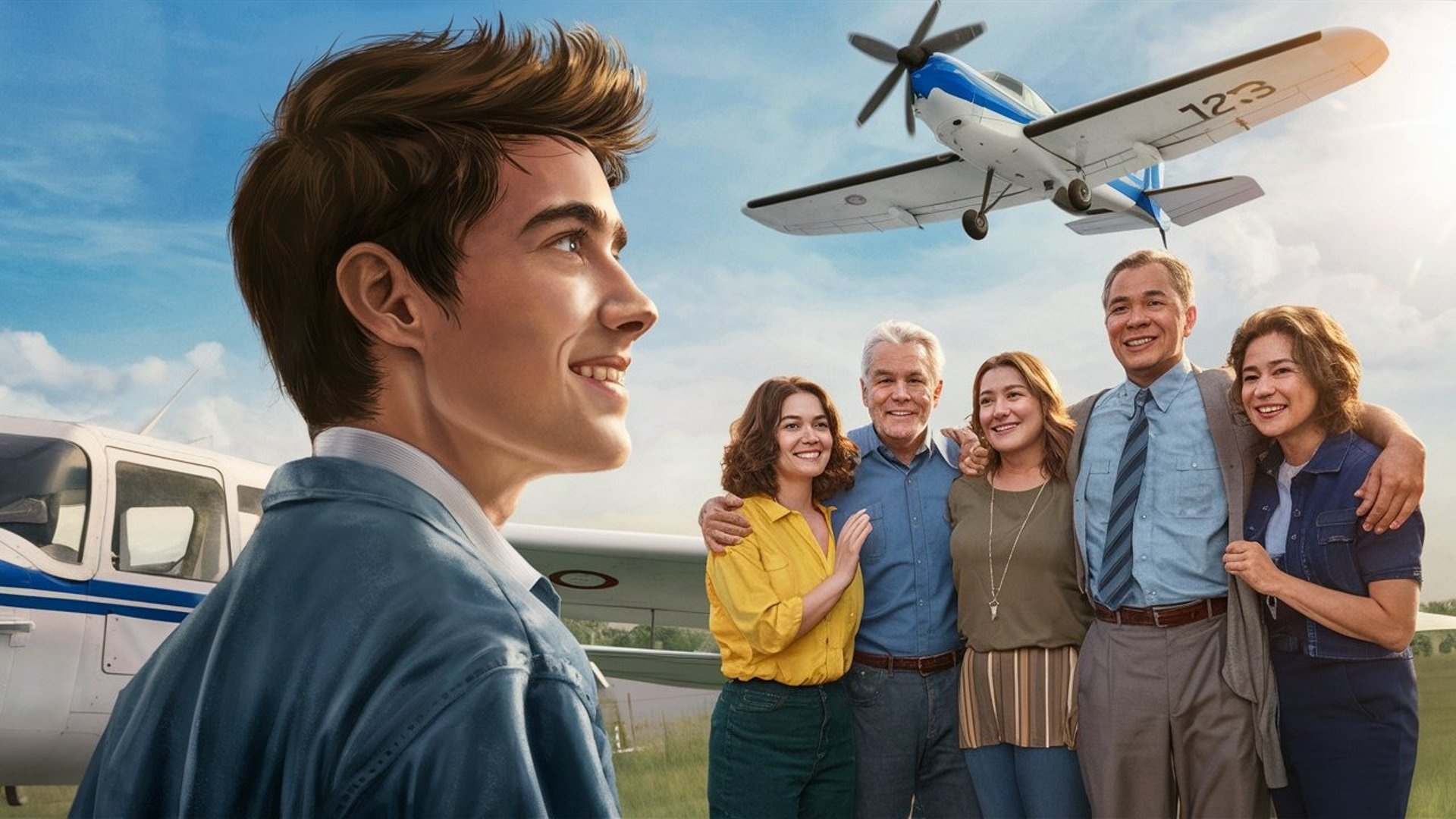
Stories and Biographies of Famous Pilots: Traveling through the Sky
Introduction to Aviation and its Impact
Aviation has been a fundamental pillar in the evolution of modern society, reshaping the way people and goods move globally. Since its inception, aviation has experienced exponential growth, becoming an essential tool for air transport, as well as a crucial means in contexts such as war, exploration, and commerce. Throughout history, pilots have earned an iconic status, symbolizing the spirit of innovation and the pursuit of transcendence through the skies.
The impact of aviation has been multidimensional. In terms of transportation, it has facilitated the connection of families, friends, and markets, significantly shortening geographic distances. Commercial flights have become an integral part of daily life for millions of people, creating opportunities for tourism and cultural exchange. Similarly, the speed and efficiency of air transport have revolutionized international trade, allowing products and ideas to travel from one continent to another in a matter of hours.
In the military sphere, aviation has transformed warfare strategy, introducing new tactics and extending the reach of conflict into new dimensions. Pilots have become crucial figures in national defense, as well as explorers of the airspace, pushing boundaries that were once considered unreachable. The connection between aviation and exploration has led to scientific and technological discoveries that have left an indelible mark on history.
In this context, the biographies of famous pilots highlight not only their personal feats but also their contributions to the developments that have enabled significant advances in aviation. These stories illustrate not only the courage and determination of individuals but also the progress and human ideal of conquering the skies.
The Pioneers of Aviation
Aviation, a remarkable achievement of human ingenuity, dates back to a select group of visionaries whose innovative ideas and relentless efforts made flight possible. Among these pioneers, the Wright brothers, Orville and Wilbur, are perhaps the most emblematic. In 1903, they achieved the first controlled and sustained flight in a heavier-than-air machine in Kitty Hawk, North Carolina. This milestone not only marked the beginning of modern aviation but also established new horizons in transportation and mobility.
Another notable figure in the history of aviation is Santos Dumont, a Brazilian aviator and brilliant inventor who showcased his passion for flight from an early age. In 1906, he became the first pilot to perform a public flight in a dirigible, capturing the world's attention and solidifying his place in aviation history. Dumont was not only known for his achievements but also for his charismatic personality and his desire to popularize flying through exhibitions and demonstrations.
Amelia Earhart, one of the most iconic figures in aviation, began to challenge gender norms during a time dominated by men. In 1932, she became the first woman to fly solo across the Atlantic Ocean, a monumental achievement that catapulted her to fame and advanced causes of equality in aviation. Her adventurous and persistent spirit was reflected in her humanitarian work and her role as an advocate for women in traditionally male professions.
Through their stories and achievements, these pioneers not only made flying possible but also inspired future generations to pursue their dreams in the sky. From their innovations to their courageous flights, each of these aviators left an indelible mark on the world of aviation.
Fighter Pilots in Military History
The history of military aviation is filled with emblematic figures who have left an indelible mark on the art of aerial combat. Among these fighter pilots, Captain Eddie Rickenbacker stands out as one of the foremost exemplars. Rickenbacker, who began his career as a race car driver, became one of the leading heroes of World War I. During his time in service, he achieved 26 aerial victories, an impressive record that earned him the Congressional Medal of Honor. Rickenbacker was not only an excellent pilot but also demonstrated exceptional leadership and excelled in developing effective tactics in combat, thus contributing to the evolution of aerial strategy.
Another iconic pilot is Major Greg 'Pappy' Boyington, recognized for his remarkable role during World War II. Commanding the squadron VMF-214, known as the 'Black Sheep,' Boyington became a symbol of struggle and resilience. Known for his bold combat style and ability to motivate his squadron, he accumulated 28 aerial victories, which led to him receiving the Medal of Honor and the Distinguished Flying Cross. His life was not only marked by his achievements in the air but also by challenging periods as a prisoner of war, which tested his spirit and determination.
Both fighter pilots, Rickenbacker and Boyington, have left a legacy that transcends their individual accomplishments. Their respective contributions not only played a crucial role in military history but also influenced future generations of pilots. By studying their lives, we can appreciate how bravery and innovation in the air have shaped modern military aviation. In this context, it is essential to recognize the impact these men had on the evolution of air warfare and the very conception of aviation itself.
Pioneers of Women in Aviation
Aviation has historically been a male-dominated field, but women have managed to break numerous barriers to carve out their place in the skies. Among these pioneers, Amelia Earhart, Bessie Coleman, and Jacqueline Cochran stand out for their significant contributions to aviation and for paving the way for future generations of female pilots. Their courage and determination not only expanded the horizons of aviation but also challenged the social norms of their time.
Amelia Earhart is perhaps the most recognized figure in women's aviation. She was the first woman to fly solo across the Atlantic Ocean in 1932. Despite the difficulties and criticism she faced, her indomitable spirit led her to achieve multiple aviation records. Earhart dedicated part of her career to promoting women's participation in aviation, convinced that flying should not be solely a male domain. Her legacy continues to inspire women around the world to pursue their dreams in the skies.
Bessie Coleman was the first African American woman to hold a pilot's license. Born in 1892, Coleman faced significant obstacles, including racial and gender discrimination, in her pursuit of aviation. Determined to become a pilot, she traveled to France to earn her license in 1921. Upon returning to the United States, she became a celebrated performer, using her platform to advocate for racial and gender equality in aviation.
Jacqueline Cochran was another trailblazer, known for her remarkable achievements in aviation during World War II. She was the first woman to break the sound barrier and played a crucial role in the formation of the Women Airforce Service Pilots (WASP) during the war. Cochran’s dedication to aviation and her relentless pursuit of excellence helped her set numerous records and contributed to the recognition of women in aviation.
These pioneers not only made significant strides in aviation but also inspired future generations to challenge societal expectations and pursue their dreams in the skies. Their contributions have left an indelible mark on the history of aviation, paving the way for more women to enter this exciting field.
Formula 1 Pilots and Their Influence on Aviation
The connection between Formula 1 drivers and aviation is undoubtedly fascinating and multifaceted. Many renowned pilots have demonstrated a deep interest in aviation, a passion that has influenced their lives both on and off the track. A prominent example is Ayrton Senna, who, in addition to being one of the greatest F1 drivers of all time, had a profound appreciation for airplanes. His love for speed on the asphalt translated into admiration for flight and the aerodynamic design that both worlds share.
This interest is not limited to Senna; contemporary figures like Michael Schumacher have also expressed a desire to fly, ensuring that aviation and motorsport share a bond through engineering and adventure.
Key Points of Influence:
Aerodynamics: The principles of aerodynamics are crucial in both F1 racing and aviation. The streamlined designs of both cars and airplanes enhance performance and efficiency.
Technology Transfer: Innovations developed for Formula 1, such as advanced materials and safety technologies, often find applications in the aviation industry. This transfer of technology fosters improvements in safety and performance for both fields.
Shared Skill Sets: The skills required for driving at high speeds—like quick decision-making and spatial awareness—are similar to those needed for piloting an aircraft. This crossover of skills highlights the shared mindset of precision and performance.
The advanced design and technology used in both Formula 1 and aviation have evolved in parallel. For example, aerodynamic concepts in F1, applied to wing and bodywork designs, find parallels in aircraft designs that aim to maximize flight efficiency. This mutual influence has enabled significant progress in both fields, where continuous innovation is key to maintaining competitiveness. Moreover, motorsport companies have collaborated with aircraft manufacturers to exchange technical knowledge, demonstrating the deep respect and admiration that exists between these two disciplines.
In terms of training, some F1 drivers have chosen to obtain pilot licenses, reflecting their innate desire to experience the adrenaline and excitement that flights offer. The ongoing interaction between these worlds illustrates how the pursuit of speed and performance can transcend the boundaries of sport, influencing aviation through research, development, and experimentation.
Adventure and Exploration Pilots
The history of aviation is filled with stories of pilots who dared to push the boundaries of exploration. One of the most iconic figures is Charles Lindbergh, who in 1927 completed the first nonstop transatlantic flight. Flying solo in his famous aircraft, the Spirit of St. Louis, Lindbergh departed from New York and successfully landed in Paris, covering approximately 5,800 kilometers. This daring feat not only made him a national hero but also set a precedent for the future of commercial aviation. His achievement inspired countless aviators to explore new possibilities in long-distance air travel and laid the foundation for transoceanic flight connections.
Lindbergh was driven by the desire to demonstrate that aviation could bridge continents and revolutionize global communication. However, his journey was fraught with risks. He faced poor visibility, extreme fatigue, and the constant threat of mechanical failure during his 33.5-hour flight across the Atlantic. Despite these challenges, his unwavering determination and exceptional piloting skills helped him persevere. This iconic journey not only transformed the perception of aviation but also redefined the possibilities of long-distance air exploration. Lindbergh’s legacy continues to inspire modern aviators and shaped the future of transcontinental travel.
Other adventurers in aviation, such as Amelia Earhart, also achieved extraordinary feats, such as crossing the Atlantic Ocean and setting long-distance flight records. Each of these aviators left an indelible mark on history, not only as pioneers in their respective fields but also as symbols of courage and exploration. Their inspiring stories demonstrate that their passion for flight was a driving force behind the evolution of aviation and global exploration. Through their groundbreaking achievements, they showcased the spirit of innovation and the desire to push the boundaries of what was thought possible in aviation.
The Impact of Pilots on Popular Culture
Famous pilots have left an indelible mark on popular culture, influencing everything from cinema to literature and other media. Movies like 'Top Gun' and 'The Aviator' have captured the public's imagination, portraying the brave feats and complex lives of these aviators. In 'Top Gun,' an exciting tale unfolds about the lives of U.S. Navy fighter pilots, highlighting not only their professional aspects but also camaraderie and personal sacrifice. This type of representation has contributed to creating a romantic and heroic image of aviators in the public's mind.
Moreover, 'The Aviator,' a biography of Howard Hughes, offers a deeper analysis of the life of an innovative and pioneering pilot, emphasizing his achievements in aviation and his personal struggles with inner demons. These films not only entertain but also inform the public about the challenges and triumphs pilots face in their daily lives, broadening the understanding of the aviation world.
The portrayal of famous pilots in literature has also contributed to popular culture. Books recounting the feats of aviators and their adventures in the sky have captivated readers for generations. These literary works have fostered a sense of admiration towards pilots, presenting them as emblematic figures who transcend human limits. Through these narratives, both on the big screen and within the pages of a book, a legacy has been built that honors the men and women who have flown through the skies, turning them into heroes in the collective imagination.

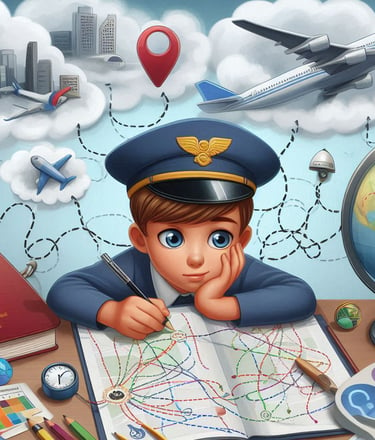
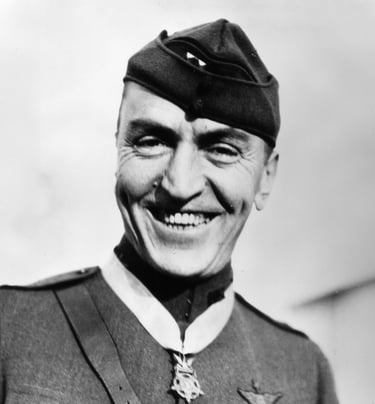

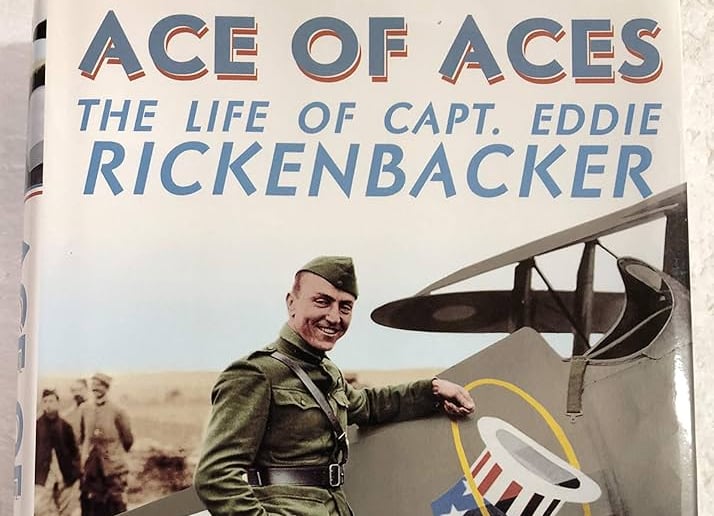

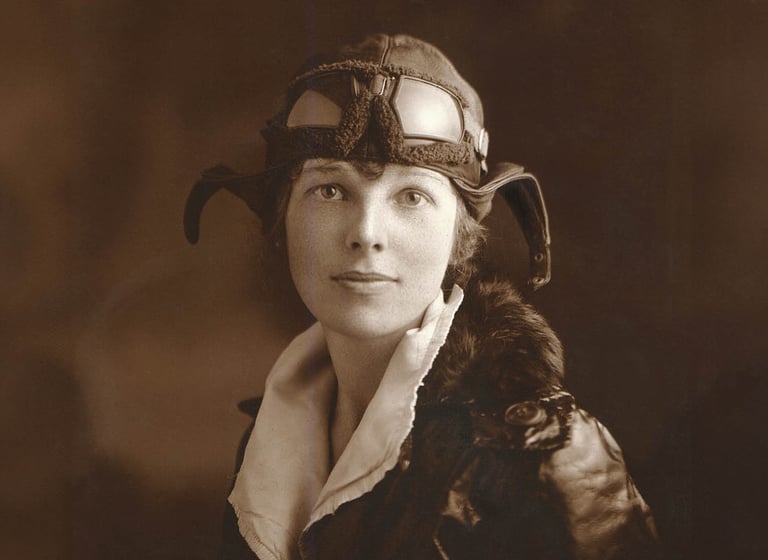

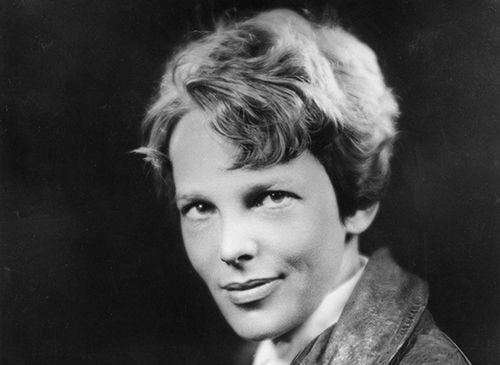

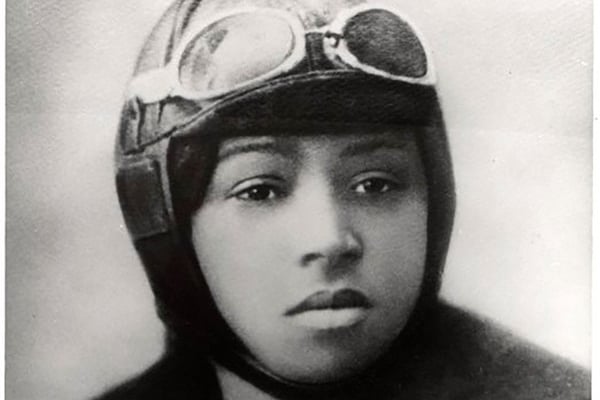

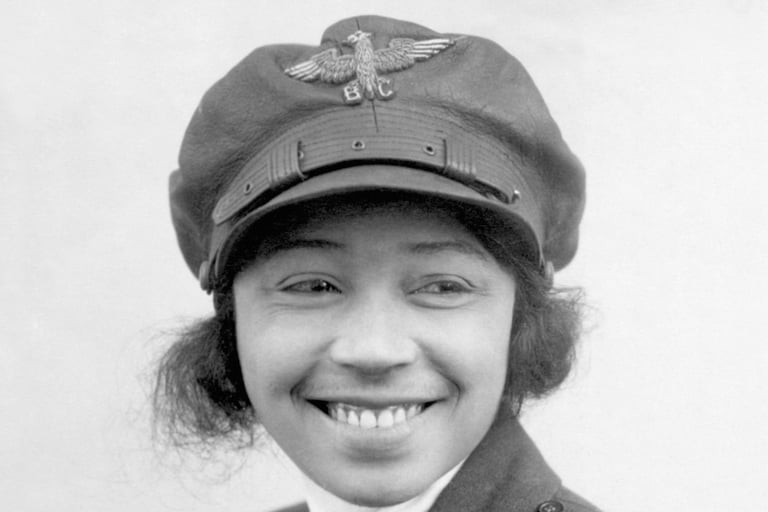

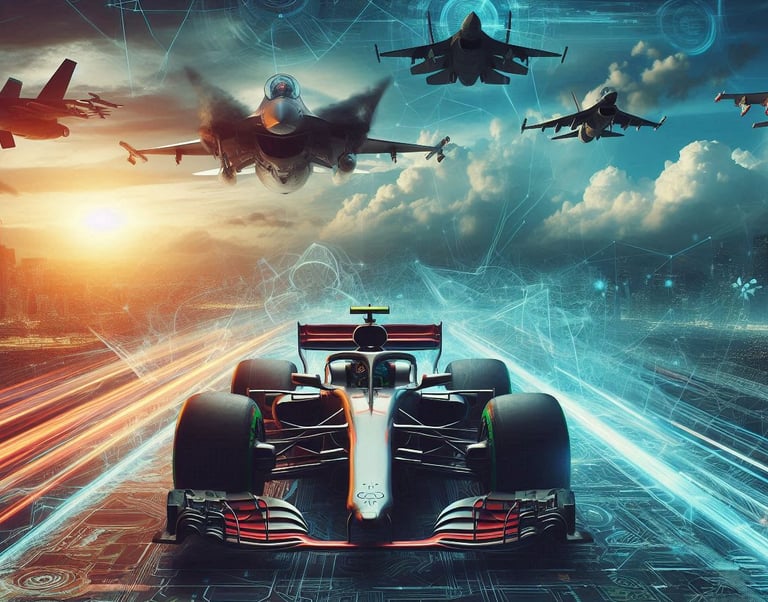

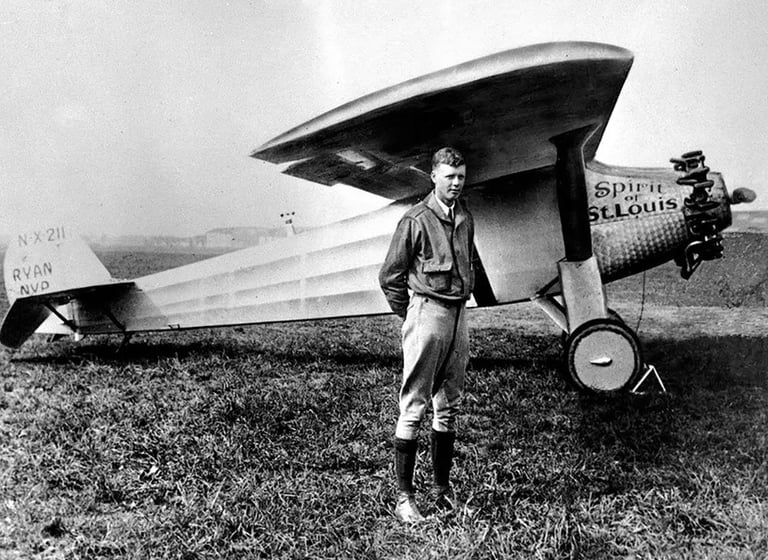

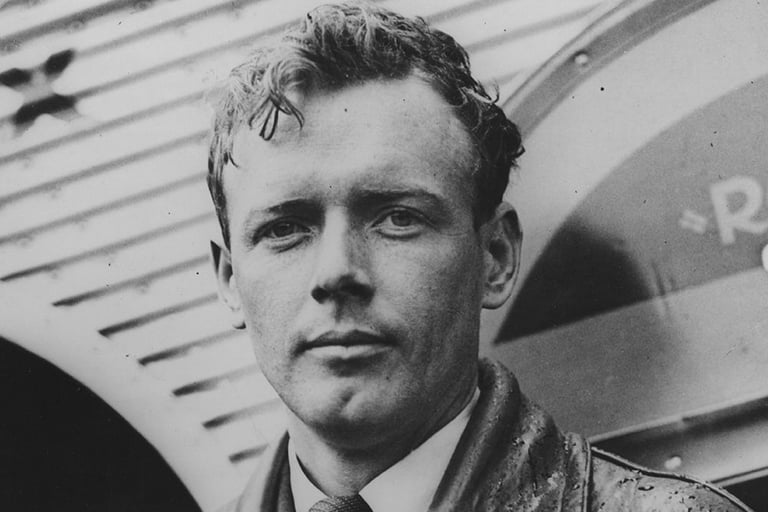

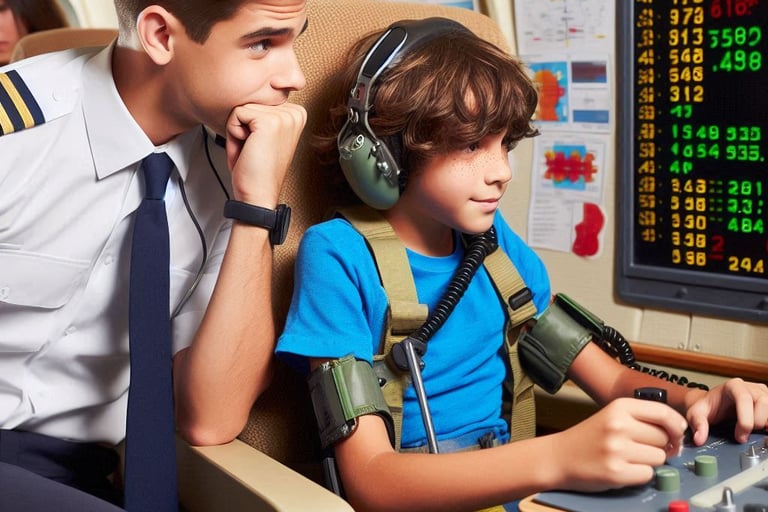

"Although the sky is not yours, the wings belong to you"
Remember:
Initial Online Aviation School
351 938457584 (whatsapp)
© 2024. All rights reserved.


351 938780295
